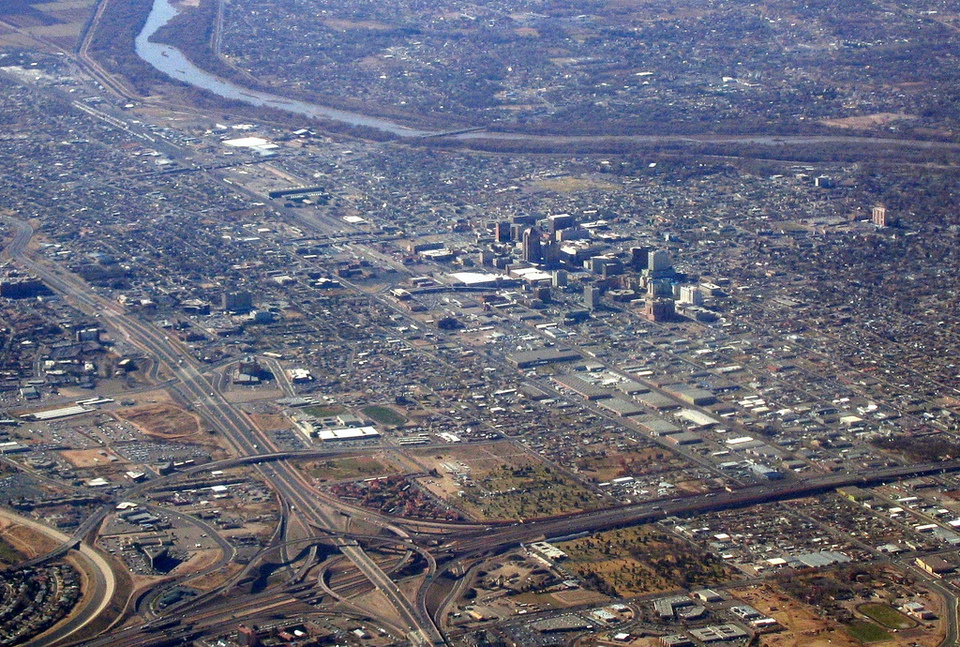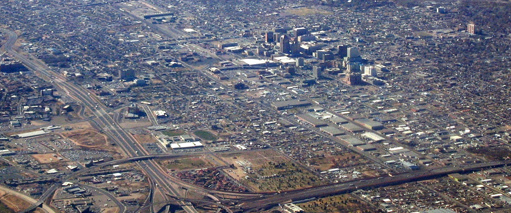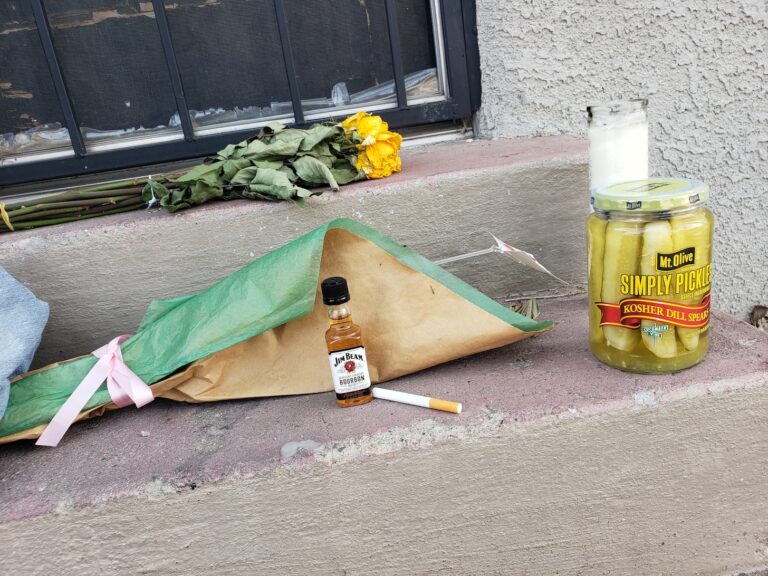The Abc’s Of Abc
A Plan For Our City And Surrounding Urban Areas


Ron Reiring
Latest Article|September 3, 2020|Free
::Making Grown Men Cry Since 1992


Ron Reiring


